High-tech analysis of genetic data may yield new test for endometriosis
Using sophisticated computer-based technology to analyze genetic data obtained from uterine tissue, researchers have identified patterns of genetic activity that can be used to diagnose endometriosis, an often-painful condition that occurs when tissue that normally lines the inside of the uterus grows outside the uterus. The prototype diagnostic method, developed with funding from the National Institutes of Health, can not only distinguish endometriosis from other disorders of the uterus, but can also identify the severity of the disease.
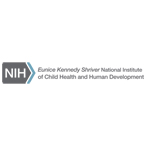





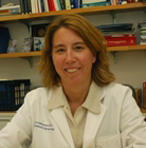
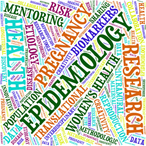
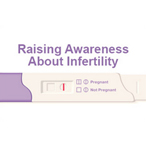


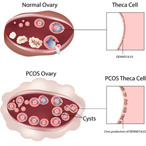


 BACK TO TOP
BACK TO TOP